By Liam Venter
Why wrist guards?
I am an ex amateur motorcycle racer. I stopped racing a few years ago after a severe racing accident. I woke up on the track with a broken collar bone, broken scapula, broken sternum, several broken ribs, two of which punctured my lungs and collapsed my lungs.
I remember the moment when I lost control of the bike and knew I was not going to save this one, but I don’t remember the impact. It was the worst accident I had in 40 years of racing sports cars, karts and motorcycles ……and one of the slowest speed ones at around just 70-80km/h.
My punctured/collapsed lungs nearly cost me my life on the way to the hospital and the concussion prevented me from working for nine months.
What saved my life was several thousand dollars of top of the line safety gear I was wearing. One piece Dainese race leathers, Dainese titanium armoured racing gloves, Shoei helmet, Alpinestar MotoGP boots, Forcefield back protector, etc.
When I took up EUC riding I realized there were there were plenty of good choices available for armoured jackets, pants and helmets available, but there were no good quality wrist protectors that I could wear over the top of the proper armoured motorcycle gloves that I wanted to wear.
Key Design decisions
At about the same time I was asked by a local supplier to produce replacement wrist protectors for the ones that fitted into the gloves they were selling. It wasn’t surprising they were breaking. The protectors were not strong. I could actually snap them with my hands….and I realized that even if I made sturdier ones these would probably just tear out of the retaining pockets stitched onto the outside of the palms of the gloves. The gloves themselves were also budget non armoured ones. I determined that these were probably an OK option for a beginner riding at under 10km per hour but were not a serious option for use with the new range of higher performance unicycles.
So I set about to design and manufacture some serious wrist protectors that I would wear and have confidence would provide real protection. I quickly realized these needed to work with a riders preferred motorcycle racing gloves, rather than just one model of gloves, as there are a myriad of different sizes and fits with different levels of armour protection to suit different budgets and preferences from a myriad of different suppliers.
The best way to reduce impact forces is to spread them out over both area and time. The best way to spread the forces over time is to promote sliding, and hence I set about designing and testing wrist sliders rather than wrist braces. To promote sliding, a hard low friction outer surface would be necessary.
The next thing you want to try and do is to spread the forces over a greater area and move some of them away from the intricate wrist junction to the forearm.
The third thing you can do is to provide controlled absorption of the forces and this mandates some sort of absorption material under the hard shell.
….And of course they needed to be very tough and durable and not break on first impact!
My first attempt shown below, that I and friends trialled, showed promise, but the impact absorption was not working well due to the way I enclosed it within the hard outer shell.
The palm section was restricting flexing of the palm of the hand and made it hard to hold a mobile phone to do things like check EUC applications like EUC World or Darkness bot.
The design also exposed the rear strap to scuffing and consequent premature wear and tear.
The sculptured palm section applied some force on the central portion of the heel of the hand on impact, which I was advised was less desirable than directing most of the forces into the thicker meatier pads on either side of the heel of the hand.
For the next iteration I employed a new method to hold the shock absorption pads in place without fully enclosing it, which allowed it function as intended. I also experimented with different internal structures for the absorption pads to find which provided the best shock absorption.
I also reduced the size of the palm section to allow more freedom to flex the palm of the hand. I introduced ridges on the hard shell on either side of the rear strap to protect it from getting scuffed and I removed the sculpturing from the heel of the hand to ensure most of any impact force to fed into the thicker meatier pads on either side of the hand.
Testing with riders determined that some subtle fine tuning of the profile could improve the fit over the top of a greater range of gloves. I also took this opportunity to increase the size of the ridges protecting the rear strap and widen the portion of the shell and impact absorption pad where it traverses the heel of the hand.
At this stage I also started experimenting with a range of different straps and fastening mechanisms that would make it easy to fit them over a range of armoured motorcycle gloves. It was also determined it would be preferable if the sliders could remain fitted on the gloves at all times and that we only need a quick release mechanism for the rear strap to achieve this…..but the quick release mechanism need to be one that could be operated while wearing both gloves.
I currently have a workable solution to this for the prototypes and we will be able to further upgrade the straps when we get into mass commercial production of the wrist guards.
We have a couple more tweaks that we have done to the latest version based on test rider feed back and we hope to be able to show these shortly.

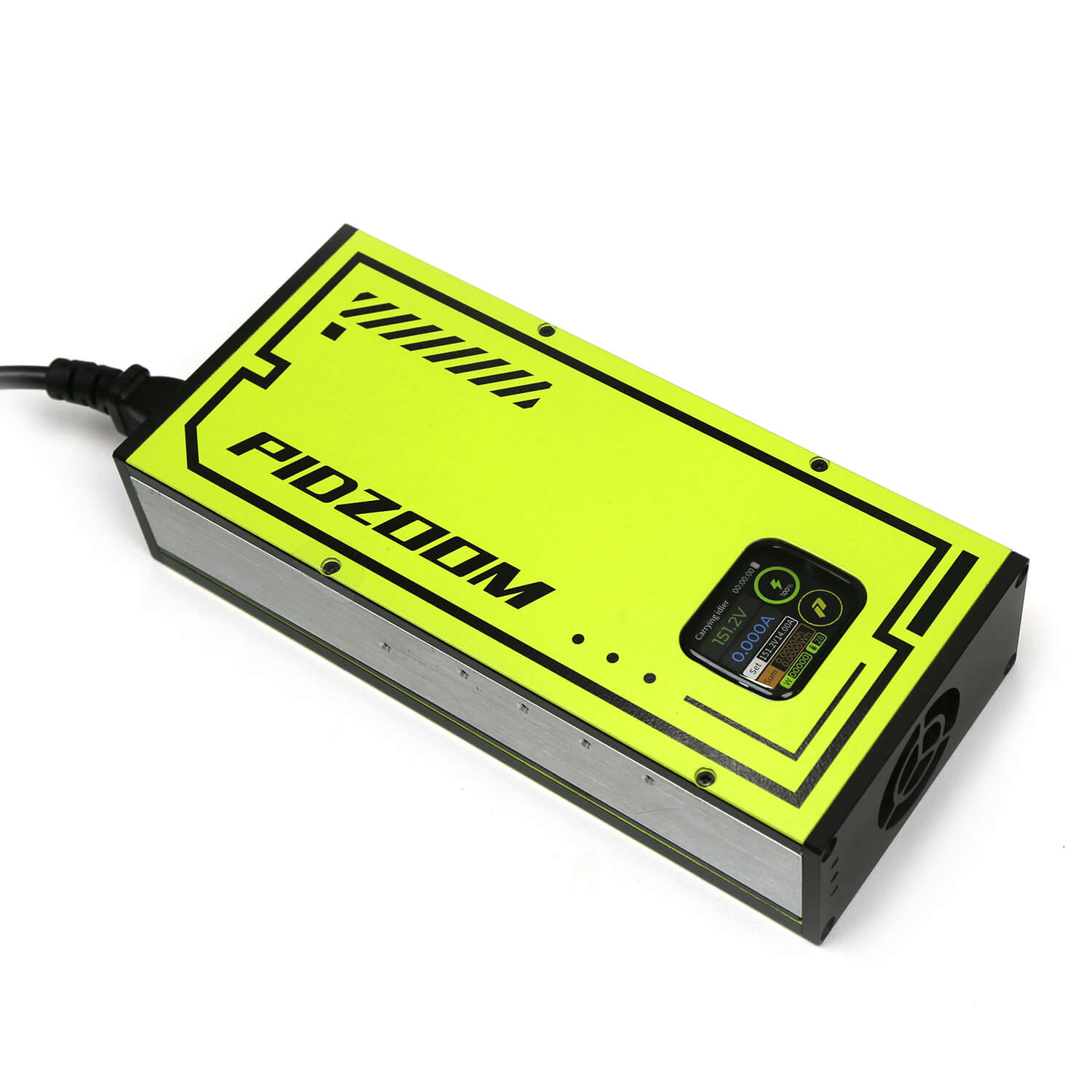
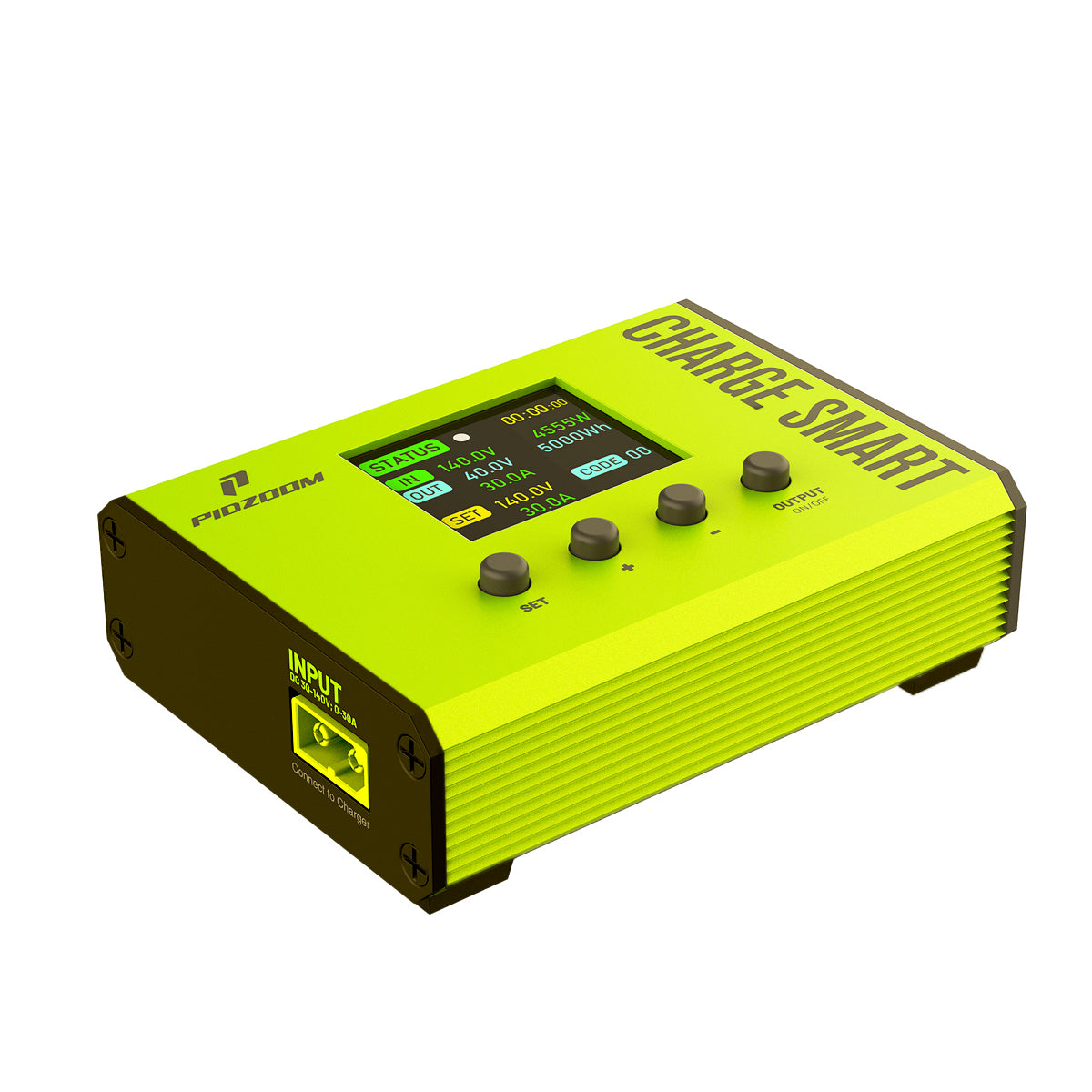
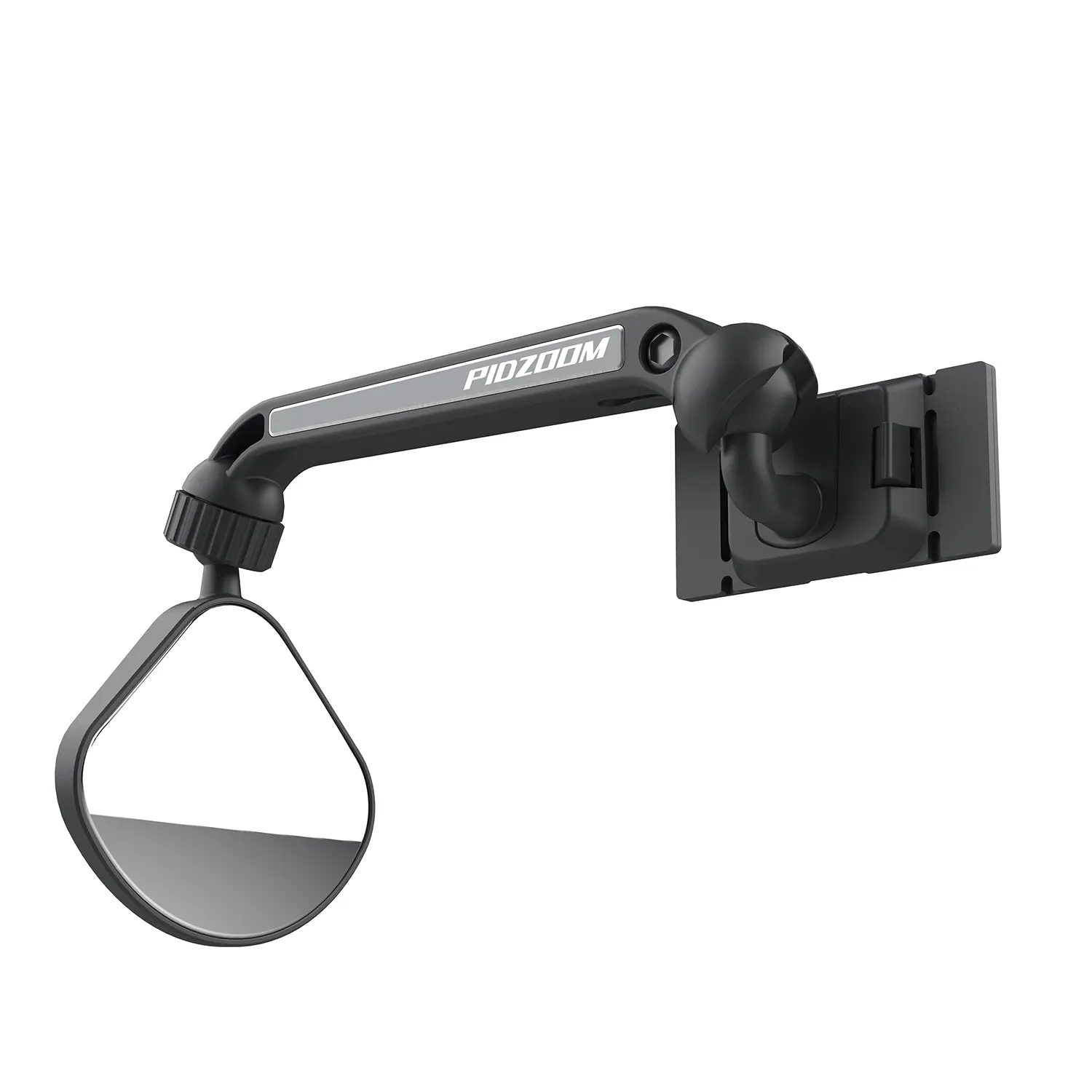
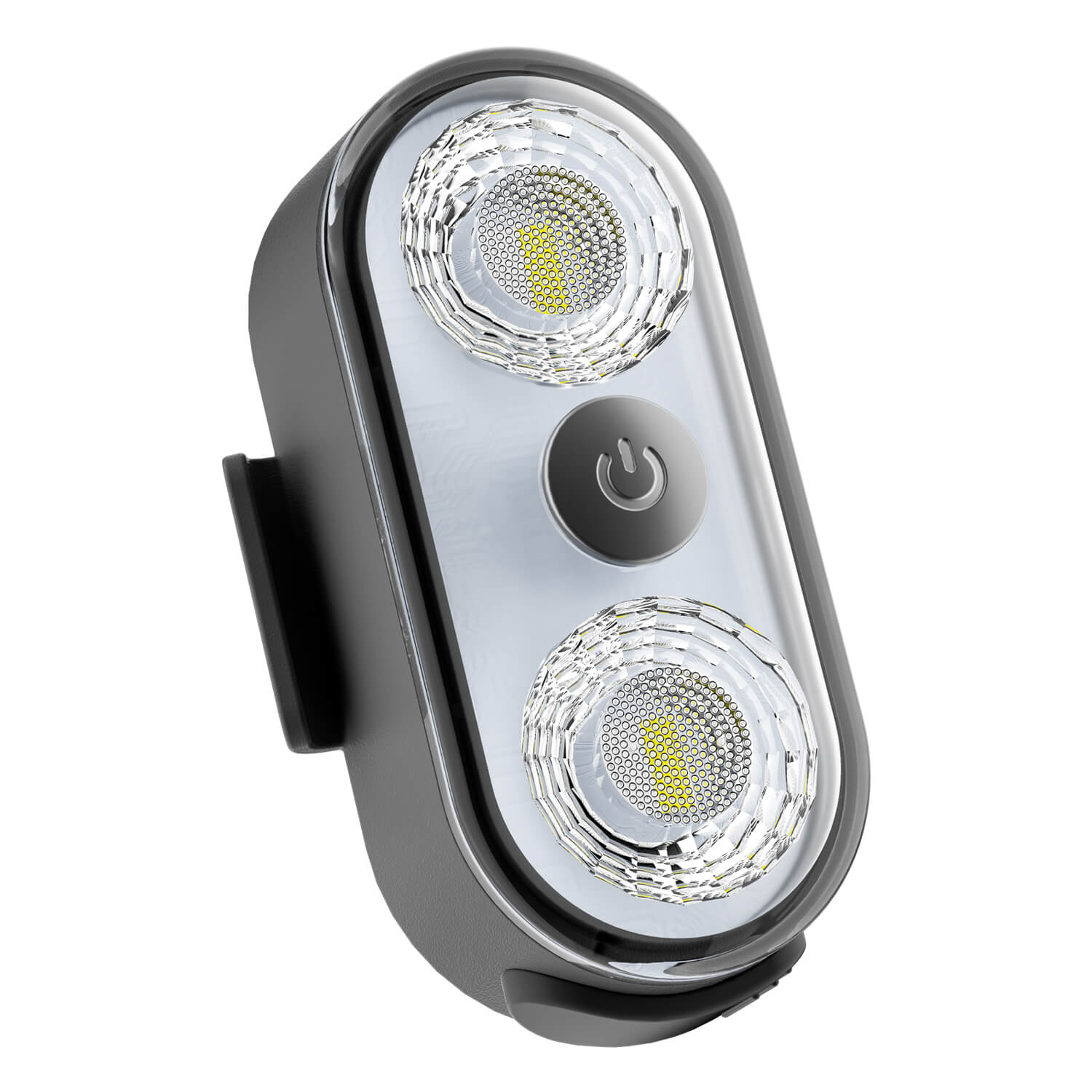
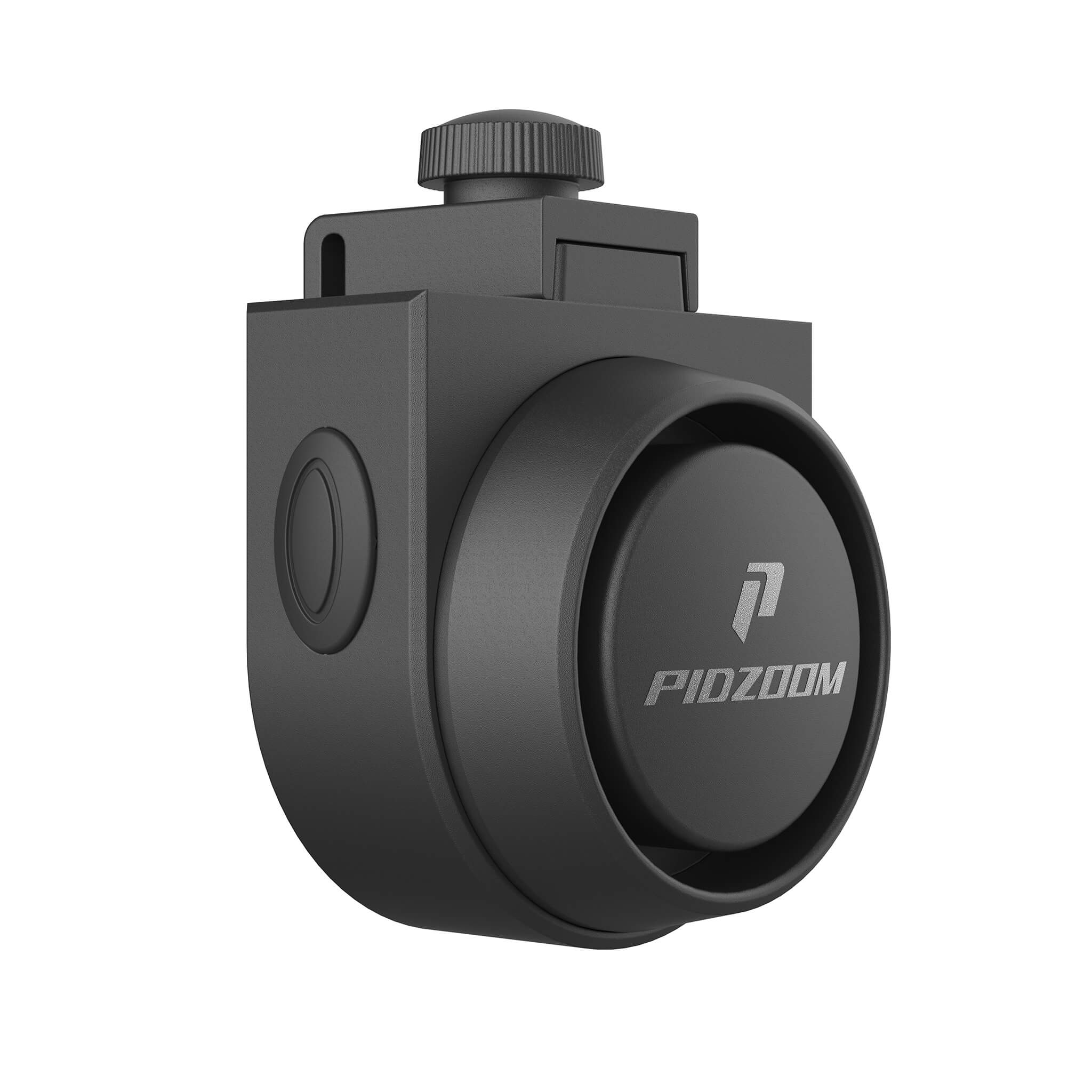
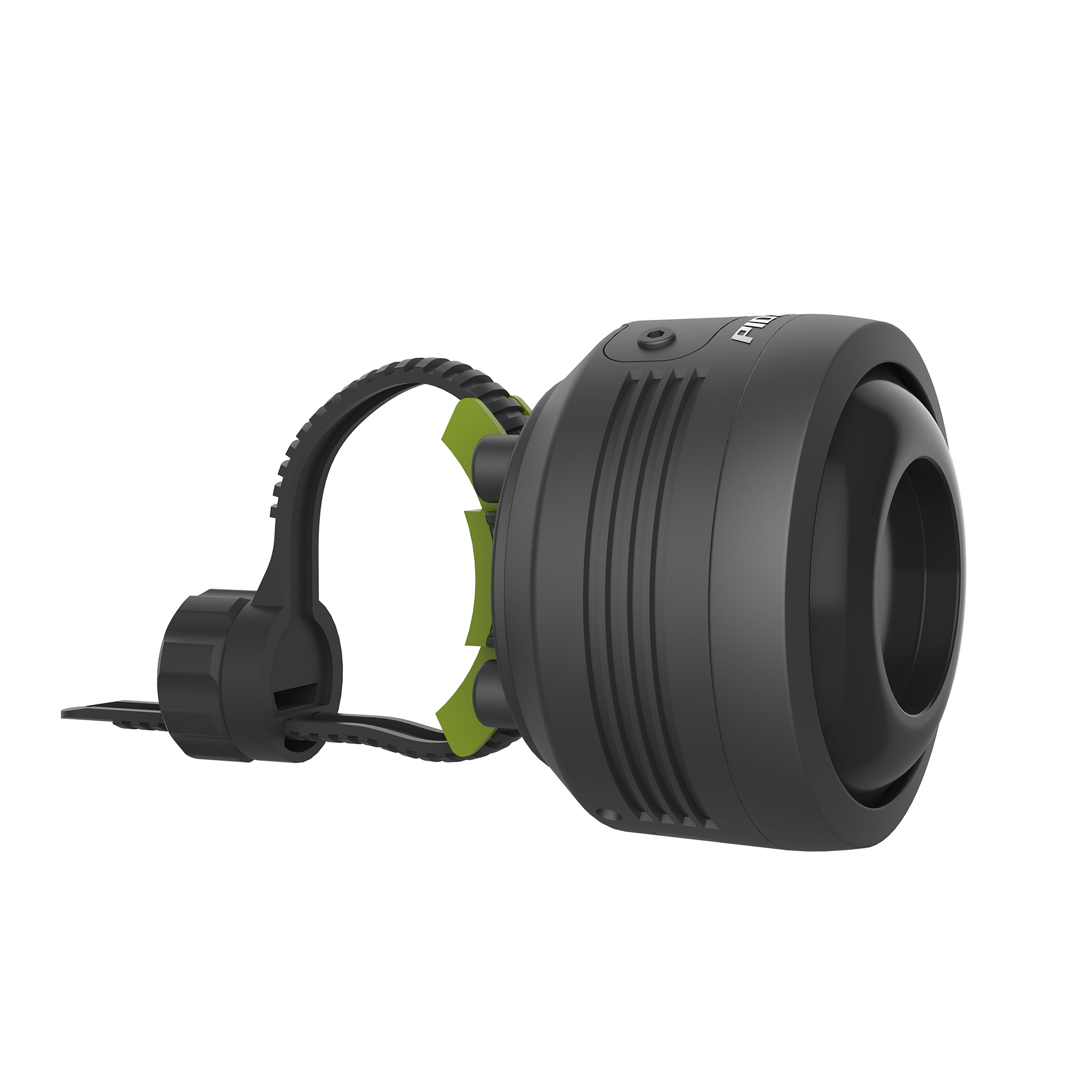
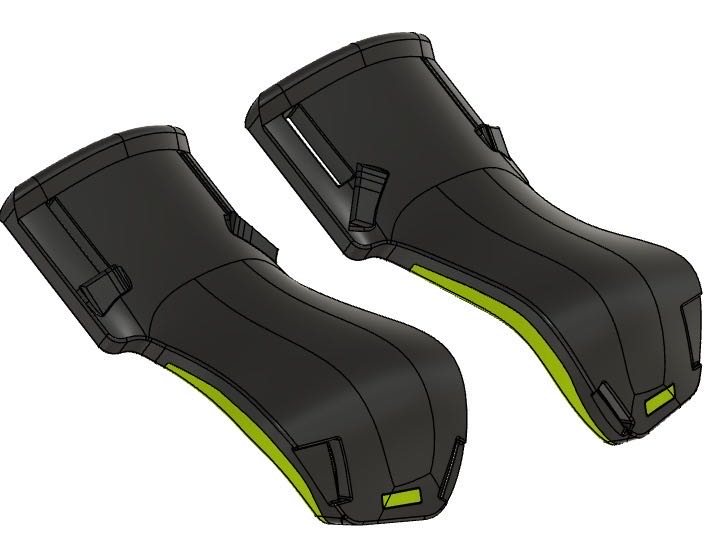
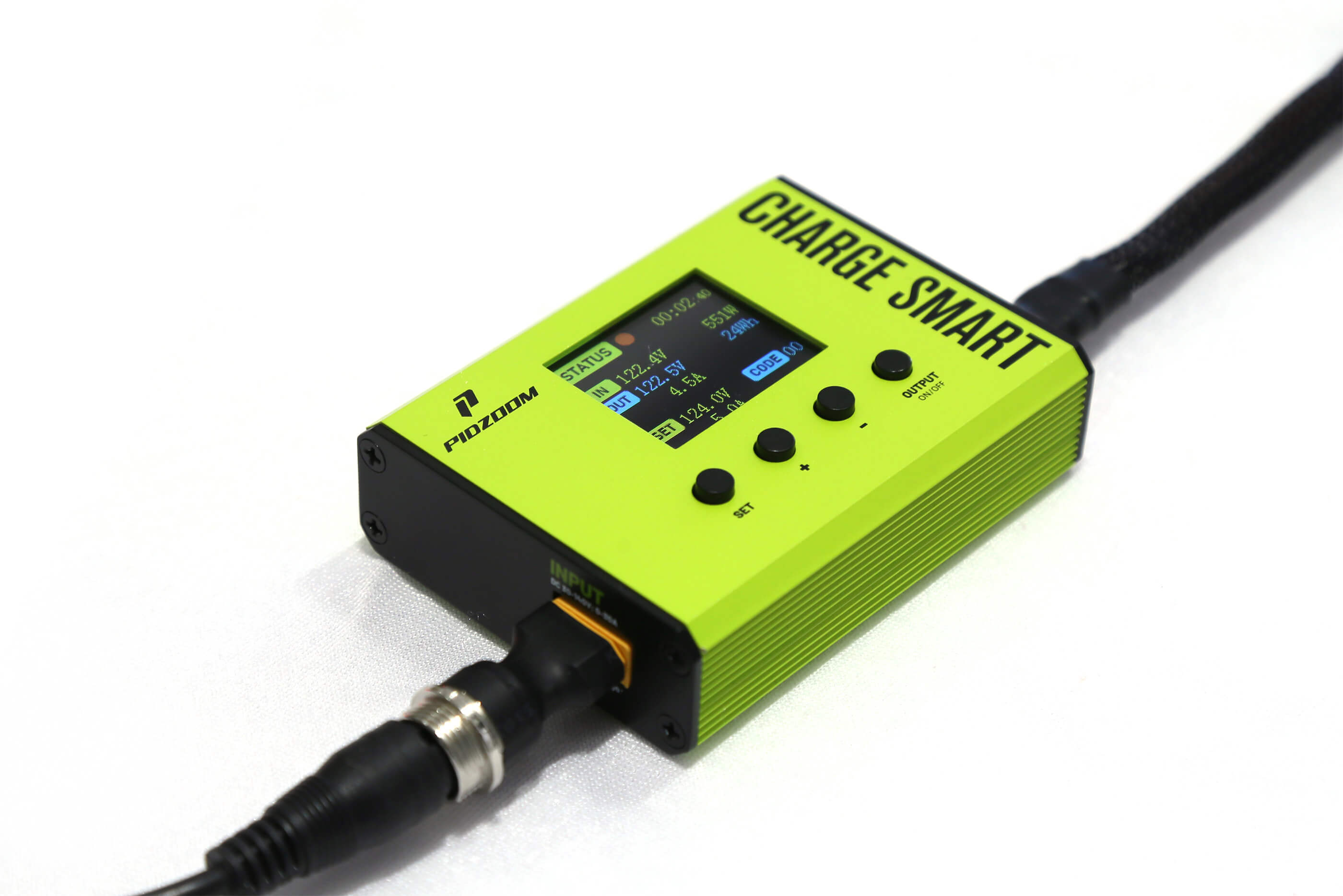
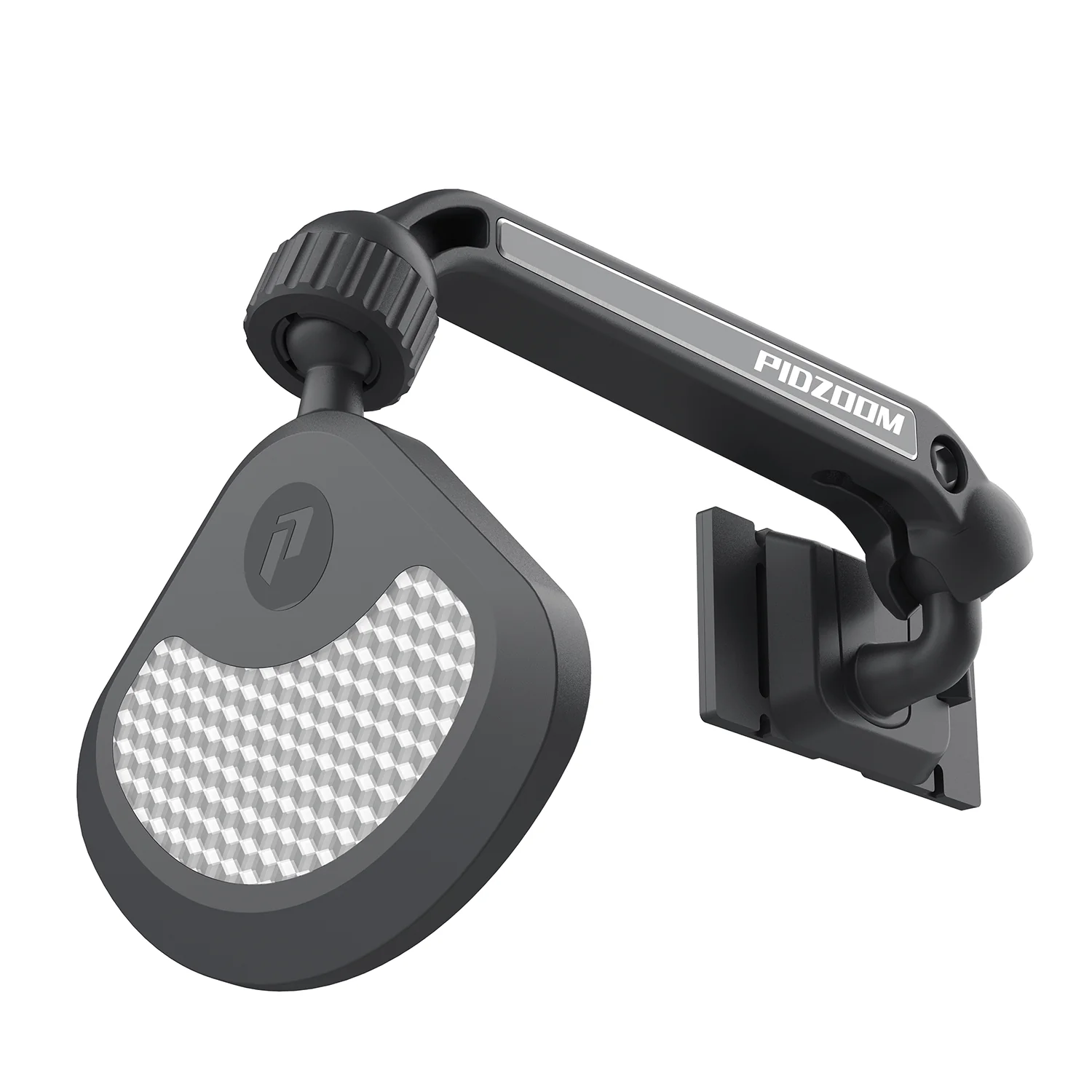
Leave a comment
This site is protected by hCaptcha and the hCaptcha Privacy Policy and Terms of Service apply.